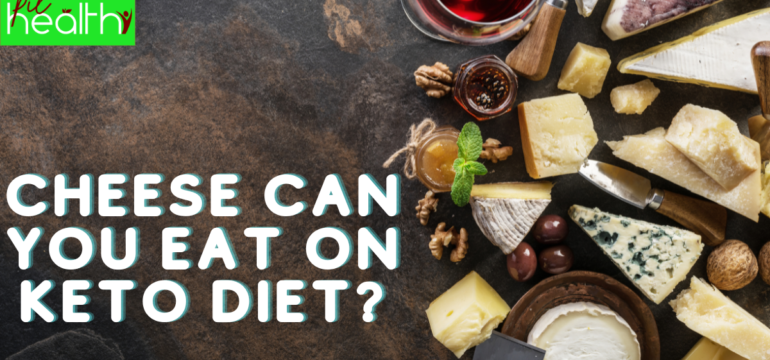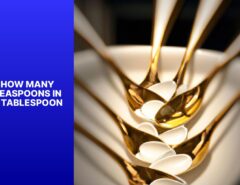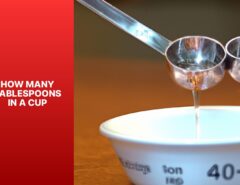Per 1-ounce (28-gram) serving, a mild cheddar cheese provides 9 grams of fat, 7 grams of protein, and less than 1 gram of carbs. This means it’s a good fit for the keto diet. The good news is that many varieties of cheese are keto-friendly, so you can eat your favorite types without worrying about whether or not they’ll cause you to exceed your carb limit. In this guide, we’ll talk about which cheeses are best for the keto diet and how much cheese you can have on keto before you fall out of ketosis.
What Is Ketosis and the Ketogenic Diet?
The ketogenic diet is a high-fat, adequate-protein, low-carbohydrate diet that forces the body to burn fats rather than carbohydrates. When your body is in ketosis, it produces ketones, which are used by the brain and body for energy. The amount of cheese you can eat on the keto diet depends on your daily carb limit. Generally, you can have up to one ounce of cheese per day, 7 grams of protein, and less than 1 gram of carbs.
Pros and Cons of Going Low Carb
If you’re thinking about trying the keto diet, you may be wondering how much cheese you can eat. After all, cheese is a delicious and versatile food that’s high in fat and protein. However, it’s also relatively high in carbs. So, is cheese off-limits on keto? That depends.
There are many types of cheeses and some are lower in carbohydrates than others, but typically the higher-fat cheeses like brie or cheddar will have more carbs per serving than other varieties like Swiss or Parmesan.
Additionally, if you find yourself feeling less satisfied after eating low-carb cheese as opposed to regular full-fat cheeses with higher amounts of fat and calories, then your body might need more carbohydrates than keto allows for in order to function properly.
What Is A Macro?
A macro is a nutrient that your body needs in large amounts. They are either protein, fat, or carbohydrates. Your body needs all three macros in order to function properly. The keto diet is a high-fat, low-carbohydrate diet that forces your body to burn fat for fuel. In order to do this, you must consume more fat and fewer carbs than you would on a traditional diet. This means that you can eat a lot of cheese on the keto diet without having to worry about gaining weight.
Using Fat for Fuel
The keto diet is a high-fat, low-carbohydrate diet that forces your body to burn fat for fuel instead of carbohydrates. One of the main staples of the keto diet is cheese. But how much cheese can you eat on keto diet?
For example, one ounce of cheddar cheese contains about 11 grams of fat and 3 grams of protein. So if you are following the standard 20 grams per day limit, this would be enough for just two days worth!
The Three-Legged Stool of Nutrition
A balanced diet is like a three-legged stool. If one leg is weak, the stool will topple over. The same is true if two legs are weak. But if all three legs are strong, the stool will be stable and sturdy.
Eating a healthy keto diet means eating foods that balance out your macronutrients: fat, protein, and carbs. There’s not much you can eat in this macro group that doesn’t fit into keto guidelines.
In order to stay within the parameters of keto guidelines for macronutrients, you need to keep track of how much fat, protein, and carbs you’re consuming each day.
How Many Carbs Are in Cheese?
Most people following the keto diet aim for a daily carb intake of 50 grams or less. And while cheese can be a great source of fat and protein, it also contains carbs. So, how much cheese can you eat on keto?
The answer depends on the type of cheese. For example, cheddar cheese contains about 1 gram of carbs per ounce, while mozzarella has about 0.9 grams and Swiss has 0.7 grams.
Best Ways to Add Fat To Meals
The keto diet is all about high-fat, low-carb eating. So, when it comes to adding fat to your meals, you really can’t go wrong. Just make sure to choose healthy fats, like avocados, olive oil, and nuts. And of course, cheese is always a good option. Just be careful not to overdo it, as too much fat can lead to weight gain.
Low Carb Alternatives To Dairy Foods
When you’re first starting out on the keto diet, dairy can be a great way to help you meet your daily fat intake goals. However, some people find that they don’t tolerate dairy well. If that’s the case for you, there are plenty of low carb alternatives to dairy foods that you can enjoy instead.
Low Carb Treats That Aren’t Cheesecake
If you’re doing the keto diet, you might be missing out on some delicious low carb treats. But don’t worry, there are plenty of options that don’t include cheesecake. Here are a few of our favorites ! These also happen to be perfect for those following a gluten-free or dairy-free diet!
So Delicious! Low Carb Ice Cream: So Delicious is one of the most popular brands in dairy-free ice cream. All their flavors are vegan and organic, and they have about 20 different flavors to choose from including non-dairy coffee, peppermint stick and chocolate fudge brownie.
Also Read: Believe to Use Butter Instead of Vegetable Oil
FAQ’s
What kind of cheese is keto-friendly?
There are a few types of cheese that are higher in carbs and should be avoided. Some cheeses that fall into this category include: cream cheese, gouda, blue cheese, brie and cheddar.
Is mozzarella cheese good for weight loss?
While mozzarella cheese does contain some saturated fat, it is also a good source of protein and calcium. Additionally, research has shown that eating moderate amounts of full-fat dairy may actually help reduce the risk of obesity and heart disease.
How can I get into ketosis in 24 hours?
There are a few things you can do to get into ketosis in 24 hours. First, cut out all carbs and sugar from your diet. Second, increase your fat intake by eating fatty foods and taking supplements.




